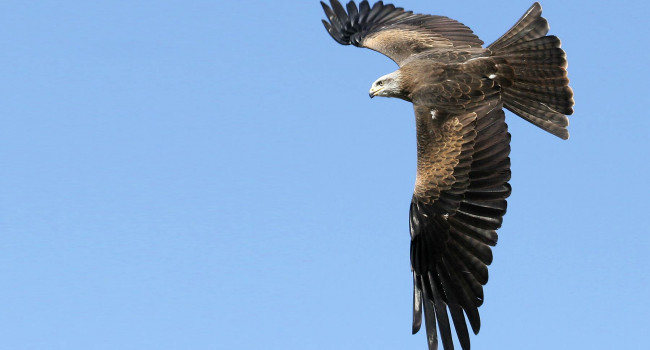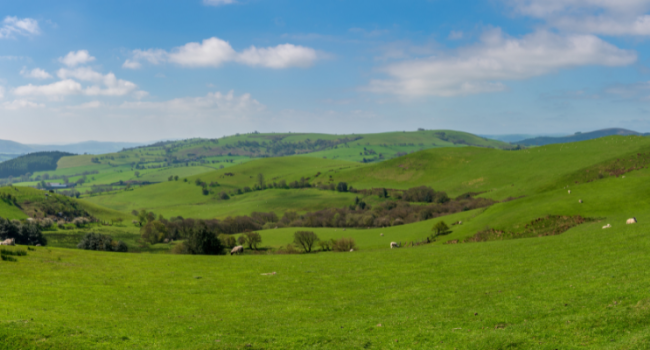Large extents of intensive land use limit community reorganization during climate warming

Author(s): Oliver, T.H., Gillings, S., Pearce-Higgins, J.W., Brereton, T., Crick, H.Q.P., Duffield, S.J., Morecroft, M.D. & Roy, D.B.
Published: January 2017
Journal: Global Change Biology Volume: 23
Digital Identifier No. (DOI): 10.1111/gcb.13587
As climate warms, we expect species that are tolerant of warm climates to be least affected, or indeed to benefit in areas that were formerly too cold for them. Conversely, species that prefer cold climates are expected to fare poorly, perhaps by declining or retreating from warming areas. Following previous studies, we used the Species Temperature Index (STI), which corresponds to the average temperature across the European range of each species, to rank bird and butterfly species from cold-associated (e.g. Meadow Pipit, Willow Warbler, Chequered Skipper, Northern Brown Argus) to warm-associated (e.g. Cetti’s Warbler, Stonechat, Lulworth Skipper, Gatekeeper). Several studies have combined these STI values with the species’ population trends at individual sites to produce a composite “Community Temperature Index” (CTI). Most studies find this CTI is increasing, which is usually taken to mean that the community is increasingly dominated by species that prefer warm conditions.
We took this further by looking separately at how the different species in the communities are faring. Although the bird community CTIs had increased, changes for constituent species weren’t as predicted. For example, the top 25% of birds as ranked by warmth-association had not increased as predicted but had declined on average. The overall increase in bird CTI was driven by a large decline in the abundance of the most cold-associated species and an increase for moderately warm-associated species. Importantly, the extent of the declines of the most cold- and warm-associated species was related to the amount of intensively managed land surrounding the monitored woodlands. This suggests that the lack of natural habitat in the surroundings makes it harder for cold-associated birds to find cool corners of sites, or to disperse away from warming regions. Butterfly results were subtly different but with similar conclusions about the role of intensively managed land. This provides a clear recommendation to land managers and conservation agencies – creating larger natural areas in strategic places will help species to cope with the changing climate.







Share this page